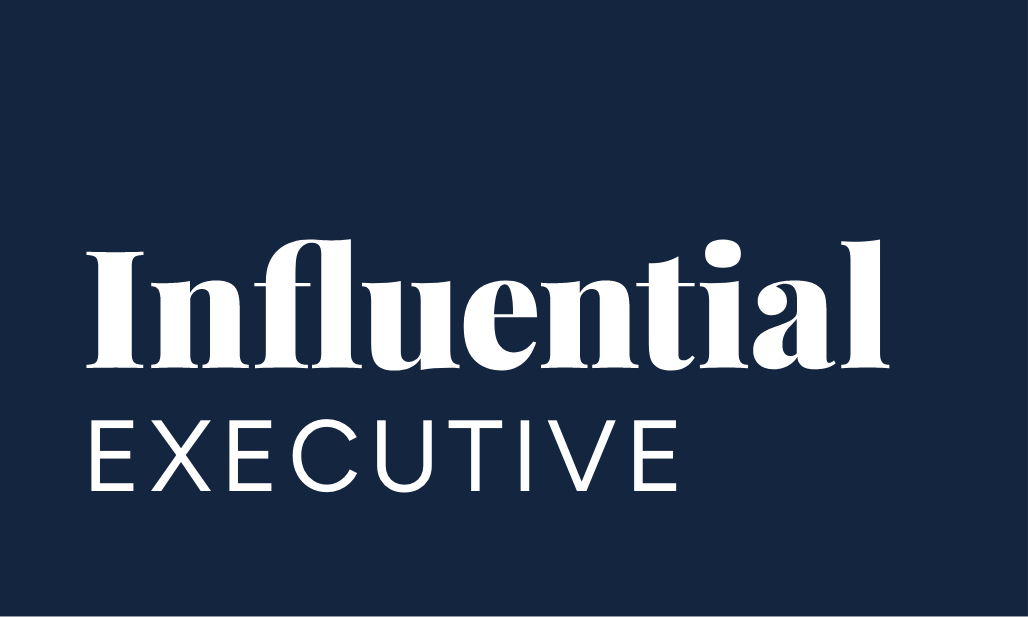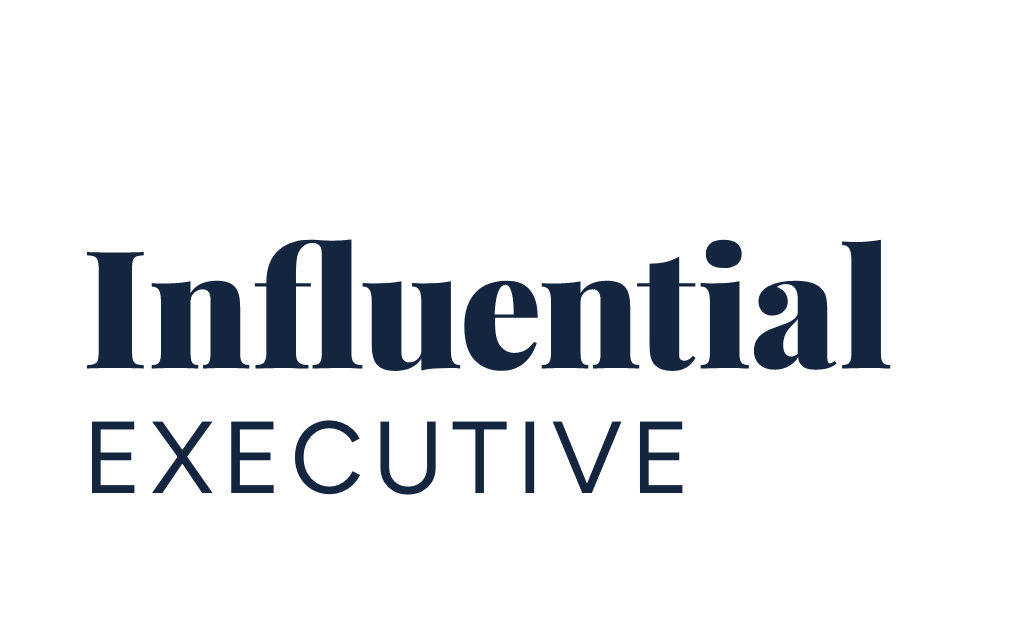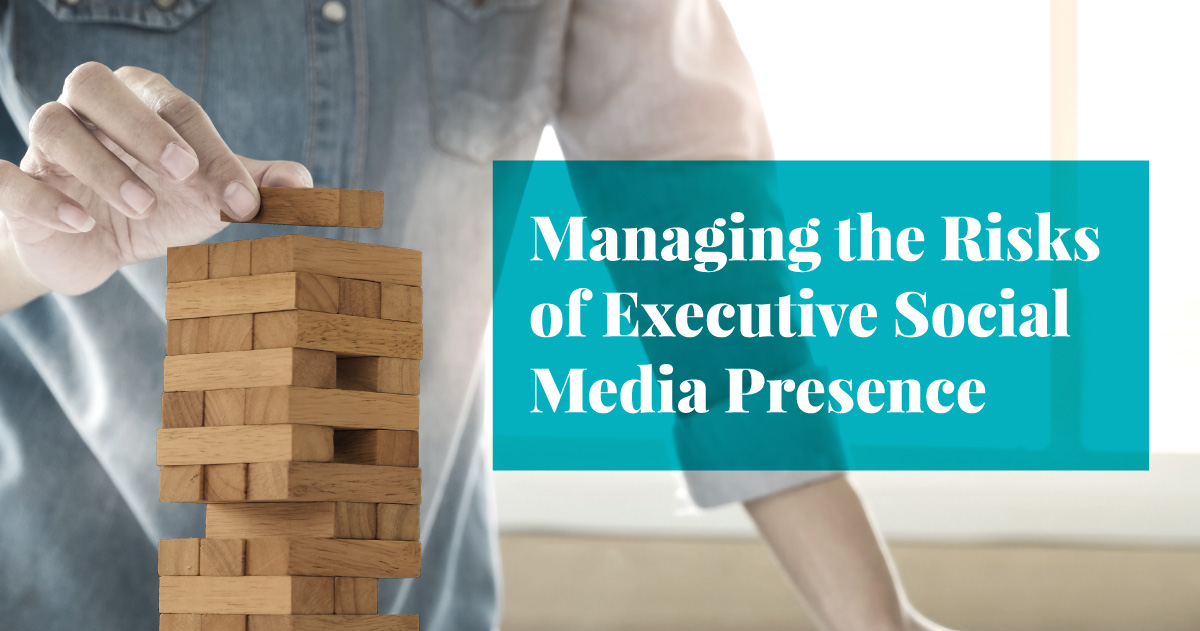Recently, you may have heard about the benefits of leaders and executives having a strong social media presence – from attracting top talent to establishing trust with potential customers to attracting the attention of investors. And with recent data indicating that people far prefer to engage with a leader than the brand itself, including our own study of over 1,000 LinkedIn profiles showing leaders get 3x the engagement rate that companies get, executives and their marketing teams are moving quickly to establish executive social presence.
But what are the risks? Are there potential pitfalls that you and your team may be rushing into unknowingly?
The answer is yes. There are a number of risks to watch out for, all of which can be mitigated and managed if they’re identified proactively.
“With recent data showing leaders get 3x the engagement rate that companies get, executives and their marketing teams are moving quickly to establish executive social presence.”
Risk #1: Inadvertently sharing confidential information
From company secrets or proprietary information to insider information that cannot or should not be shared for regulatory (e.g., SEC) reasons to information that could be otherwise damaging to perceptions of the company, there are many potential mistakes that can be very costly. Of course, Elon Musk’s ‘taking the company private’ tweet is likely the best example.
Sharing (and overstating) inside information about a potential investment in the company which then had an impact on stock price was a very costly move for Tesla and Musk, resulting in a $40 million fine for Elon and the company, not to mention billions in change in the market cap (initially the stock was substantially up, but it subsequently fell after the SEC fines and with investor confidence rocked).
There are many other examples of this and it’s easy to envision a variety of ways this could happen to your own business. The key here is to set a clear guideline upfront on the types of content and information that cannot be shared, and to maintain the right checks and balances to ensure that the content going out on an executive’s social channels is ready and appropriate for public consumption.
Set a clear guideline upfront on the types of content and information that cannot be shared … Maintain the right checks and balances to ensure that the content going out on an executive’s social channels is ready and appropriate for public consumption.
Risk #2: Making a comment that is rightly or wrongly construed as offensive
When executives and leaders share personal views, there is the potential for various groups to get offended. In some cases, it may be a joke that is in poor taste, in others a statement that conveys prejudice or backward thinking. In others still, it may be a poorly worded post or one with a typo or error that is misinterpreted as offensive. Careful review of content, especially from a second party, can help you avoid these missteps ahead of posting.
Risk #3: Putting personal safety or physical security at risk
As we saw with Kim Kardashian’s robbery in Paris in 2016, there is a potentially more dangerous risk of oversharing on social media. In that particular case, it is believed that her Snapchat, Twitter and Instagram posts in the days and hours leading up to the robbery gave many clues as to her whereabouts and schedule.
This is an extreme example of a celebrity influencer who is almost constantly on social media and sharing many of the intimate details of her life, often through video, but there are still takeaways for other executives who are building their presence on social channels. Security experts warn that it is best not to mention you are going away on vacation (i.e. leaving your home vacant), and similarly avoiding using personal information like birthdays or addresses as login passwords, as some of this information may be publicly accessible or may be discernible through information shared online. Even small or mundane details could tip-off bad actors as to your precise location – a photo with a known landmark or at a famous hotel shared in real-time could provide information that could put the executive and their family at risk.
Risk #4: Not appearing communicative and transparent during a crisis
When leaders have established a strong cadence of content and a reputation for open, transparent communication, there’s an expectation that is set for future behavior. If at a later date, a crisis strikes, that leader’s voice will be sorely missed if they neglect to comment in a timely manner.
An example of this is Mary Barra, CEO of GM, and the company’s announcement of 14,000+ North American layoffs. She had garnered a reputation as a vocal and transparent leader, using social media to communicate important messages. Yet when the layoffs were announced, she was noticeably silent and was harshly criticized.
Mitigating the Risks
The risks outlined in this post are ones any executive and their marketing teams should be aware of, but all can be mitigated in at least some capacity through strong systems and processes. Having seen extremely successful executive social media programs and programs that have been marred by missteps similar to the ones mentioned above, we believe that a strong framework with clear guidance on the “Do’s and Don’ts” is a great starting point. This can include topics to stay away from and may also include upfront best practices like optimal times of day to post for a particular audience, a list of common hashtags to use and mix of content types. While some of the risks may seem like common sense, there are still many examples of leaders falling into traps that could have been avoided with the right framework in place.
A key factor in how easy the risks will be to manage is how involved the executive wants to be in their social presence. Once you determine how hands-on your exec intends to be, you can approach risk management accordingly.
How to Mitigate Risk for a Heavily Involved Exec
We’ll start first with the more challenging case. Some executives want to be involved in day-to-day posting and interaction with their audience and network, and these leaders tend to be the hardest to manage and monitor and are the most likely to fall prey to the risks. For these executives, a clear set of upfront guidelines that they agree and adhere to is critical. This can be complemented by monthly reporting to examine the benefit and progress of their social media presence and sharing of learnings to shape their posting and behavior going forward.
How to Mitigate Risk for a More Hands-Off Exec
On the other hand, executives who understand the value of social media and want to have an authentic voice that speaks to the things they care out, but recognize they don’t have the time or desire to personally do the posting are the easiest to manage, as a thorough review and vetting process can be established. The approach we recommend is to start with an interview and diagnostic to deeply understand the leader’s tone and voice, interests, passions, and areas of expertise. This can then be followed by the creation of biweekly or monthly content calendars that the executive can review and edit as they see fit, leaving the scheduling of posts to others and therefore allowing best practices (e.g., hashtags, best time of day, etc.) to be employed and enabling final review to avoid anything that could put the leader or company at risk.
“While it’s important to understand the potential risks of launching a social presence as a prominent leader, we believe that the benefits of curating a thoughtful executive social presence outweigh the potential risks.”
While it’s important to understand the potential risks of launching a social media presence as a prominent leader and to put the necessary checks and balances in place, we believe that the benefits of curating a thoughtful executive social presence outweigh the potential risks. Need help getting started? Let’s get in touch.


